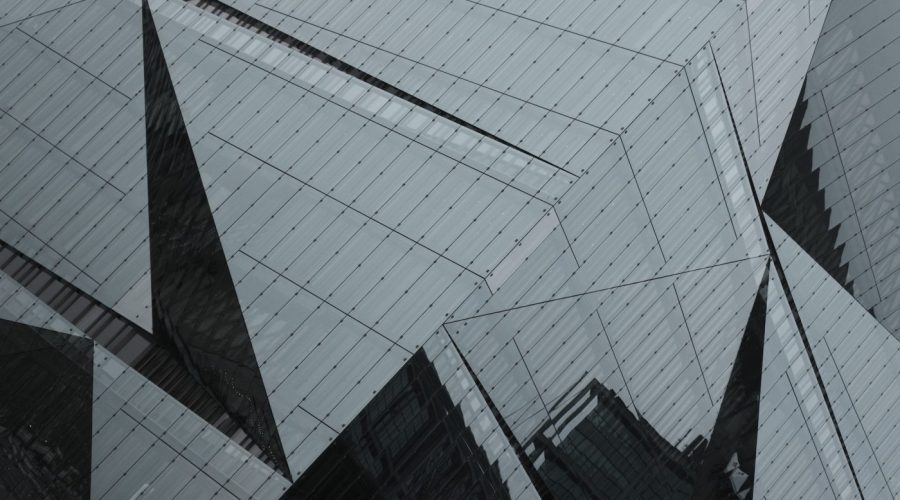How Was the Berlin Wall Made?
History recognizes the Berlin Wall as one of the most important landmarks that existed during its time. Berlin experienced significant changes because the wall forced a deep division on the city during the Cold War. The writing in this post explains the construction steps for the Berlin Wall together with its critical historical importance.
1. Why Was the Berlin Wall Built?
In 1961 Soviet forces built the Berlin Wall for the purpose of partitioning East Berlin under Soviet control from West Berlin under Allied supervision. The barrier functioned to stop the numerous eastern citizens from fleeing to Western areas.
2. The Construction Process
The Berlin Wall’s creation proceeded through multiple strategic operations under partnership between different organizations. The building process consists of these main stages which followed each other.
2.1 Planning and Strategy
Secret planning at the beginning involved Soviet Union and East German officials who produced a elaborate strategy to build a wall system that resisted penetration attempts. Developing these plans took several months during which military engineers collaborated with architects and intelligence agencies.
2.2 First Concrete Elements
The initialization of physical wall construction took place during August 12, 1961 throughout the night. Security forces heading out with police and military assistance began building the barrier by installing barbed wire and whatever fence materials they could find.
2.3 Improvements and Reinforcements
Progressive improvements made the Berlin Wall constructions more advanced over the passing months. Several tons of concrete segments stood as major barriers which prohibited crossing from the East to the West. Security towers positioned on the wall served to observe the border areas.
3. Historical Significance
This physical barricade split Berlin into two yet served as a bigger symbol dividing Western democratic free countries from Soviet bloc countries. The construction of the wall alongside its existence produced extensive effects.
3.1 Separation and Isolation
Constructions of this wall led to both physical and mental detachment of families from friends while disrupting all communities across Berlin. East Berliners lost their ability to freely move within their own city because of this boundary that caused social detachment.
3.2 Political Tensions
Political tensions between Eastern and Western powers reached new heights after the Berlin Wall became an existence. During Cold War times the wall functioned as a sign of aggression that led to greater mistrust between East and West.
3.3 Fall of the Berlin Wall
November 9, 1989 became a defining historical event as the Berlin Wall fell down. The end of the Cold War alongside the emergence of a single German nation symbolized the major historical breakthrough. The destruction of the wall became a source of hope because it represented the victory of freedom against oppressors.
4. Conclusion
As a historical symbol the Berlin Wall exists because it represents global schism together with political rivalries and the powerful resolve to seek liberty. An understanding of how the wall was constructed together with its historical importance helps us understand this turbulent era in history better.
Additional sources about the Berlin Wall are available at these locations:
Table of Contents



